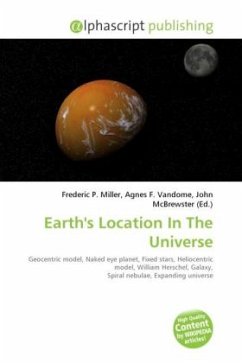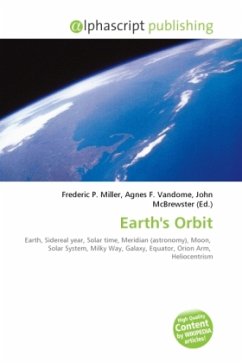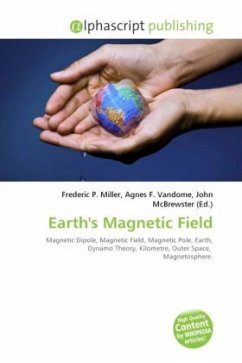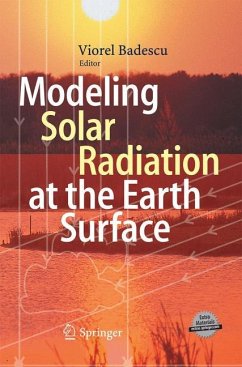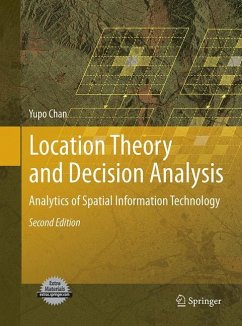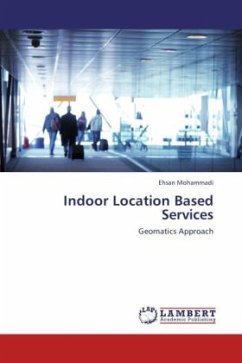High Quality Content by WIKIPEDIA articles! Our knowledge of Earth's location in the universe has been shaped by 400 years of telescopic observations, and has expanded radically in the last century. Initially, Earth was believed to be the center of the universe, which consisted only of those planets visible with the naked eye and an outlying sphere of fixed stars. After the acceptance of the heliocentric model in the 17th century, observations by William Herschel and others showed that Earth's Sun lay within a vast, disc-shaped galaxy of stars, later revealed to be suns like our own. By the 20th century, observations of spiral nebulae revealed that our galaxy was only one of billions in an expanding universe, grouped into clusters and superclusters. By the 21st century, the overall structure of the visible universe was becoming clearer, with superclusters forming into a vast web of filaments and voids.

